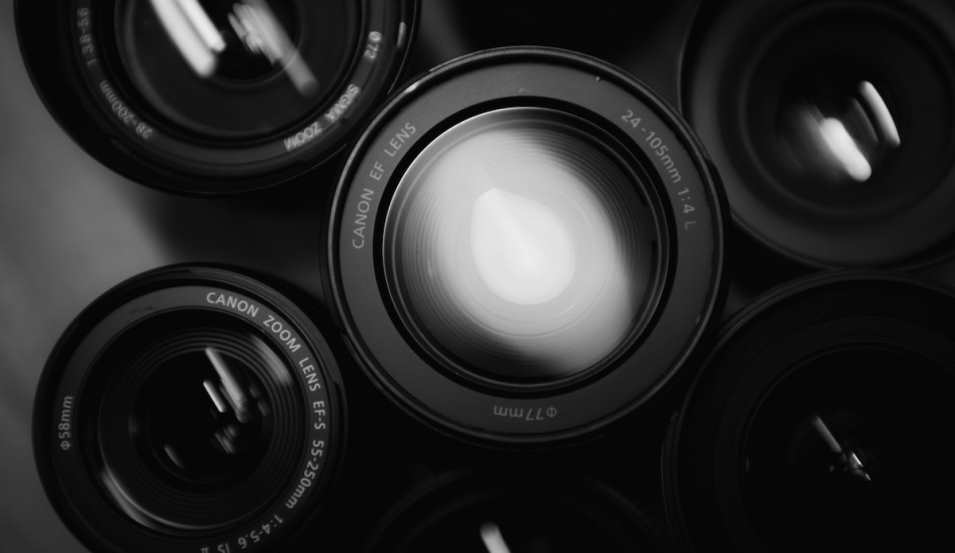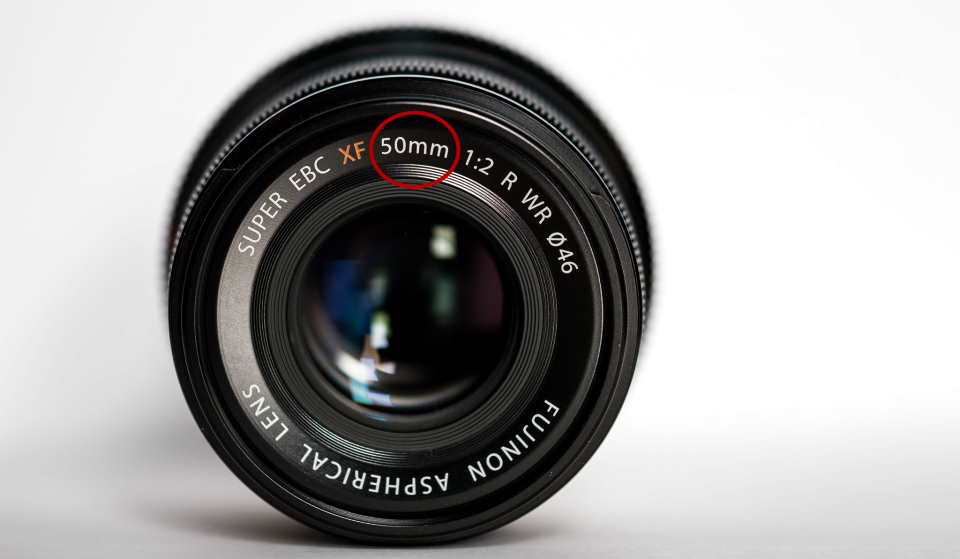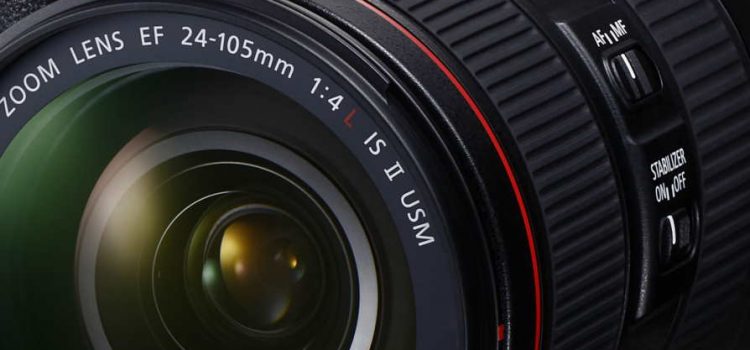The lens is the most fundamental part of a digital camera and there’s every reason camera owner need to learn more about this element.
Lenses control what a camera records in regards to the image, viewpoint and quality and just how much light can get in. Changing this part plays an essential function in recording quality images. One should know what the numbers mean on a camera lens.
What are various aspects of camera lens
The lens is explained through its focal length which can either be the single type or the one with different varieties.
A lens that has a single focal length is known as the prime lens while the type that has a variety of focal is described as a zoom lens. Most digital cameras today include zoom lenses consisting of the point and shoot models.

Cameras having a zoom lens can accommodate different focal lengths within its range. This can be done simply by turning camera lens numbers around its body. Today, however, this can be done immediately with a click of a button.
Through the focal length, the angle of view for a particular camera sensing unit size is identified. A lens with a full-frame sensing unit can offer the same angle of view comparable to a 35 mm film camera. A smaller sized sensing unit, on the other hand, suggests that the angle of view is smaller sized.
A short focal length suggests the angle of view is greater while a lens with longer focal length includes a smaller sized angle of view.
With a broader focal length, you have the ability to take an image at a more detailed range. With a larger angle-of-view, on the other hand, you can record a bigger topic at a distance. If the angle of view is narrower, you can take a small topic from a particular distance.

Another part of the lens is the aperture. This is the opening inside the lens that enables light to travel through. Broader camera lens measurements are also called intense and quick apertures because of their capability to let more light in. With more light, faster shutter speeds can be attained.
Apertures are suggested through numbers. A small number implies a big aperture such as F/2while a great deal indicates a small aperture. With prime lenses, they just have one specific aperture. Zoom lenses, on the other hand, have 2 or more apertures.
The install is also an essential element of a lens. This is the one that links the camera and the lens itself. This is typically used with interchangeable lens, a few of which can fit different kinds of digital cameras. They can be used straight or through a special adapter.
Cameras for vlogging
When recommending cameras for video blogs, we prioritize some things, rather than use them in more general situations. First, it must have excellent video quality. By 2020, this means at least beautiful 4K. With such a versatile and powerful smartphone, you may wonder if you need a dedicated YouTube camera at all. YouTube videos have more than one style, so you should carefully consider your own style when choosing a camera.
Prepare video editor’s work place
When someone decides to start a career of video blogging, or film editor, preparing a workplace is a number one point. High quality PC with top rated monitor is a must. Despite the fact that studio monitor stands are an essential piece of studio equipment for serious producers and recording engineers, it is the second thing that any video blogger should care about. Because the sound of any film is playing vary important role nowadays.
